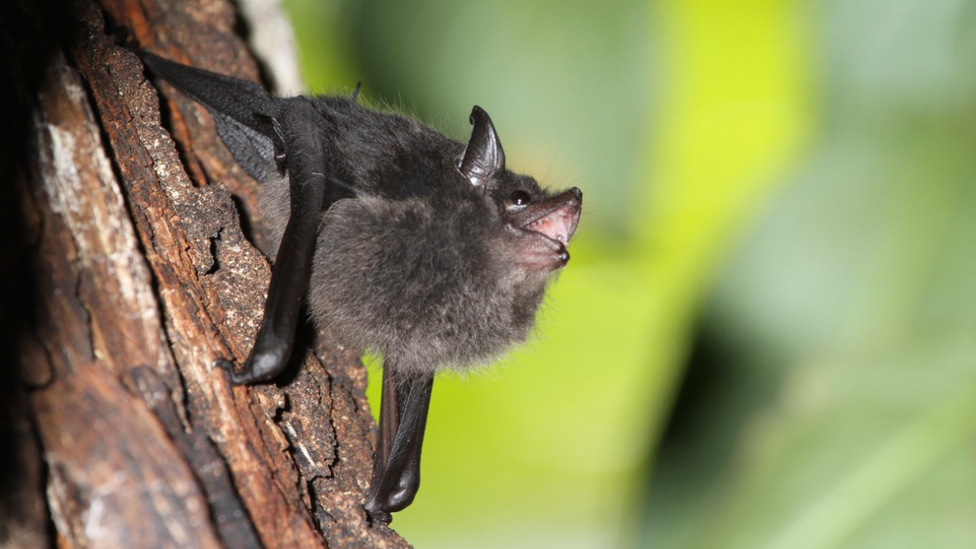Greater horseshoe bat: Derelict building restored for rare breeding colony
- Published

Greater horseshoe bats are now living and breeding in the South Downs National Park
A building is being restored in West Sussex for what is thought to be the first breeding colony of a species of rare bat in the county.
Britain's population of greater horseshoe bats was, until recently, restricted to south and west Wales and south-west England.
The Vincent Wildlife Trust (VWT) bought the derelict farm buildings last year where five pups were born last summer.
The former Victorian stable block is now being repaired for the bats.
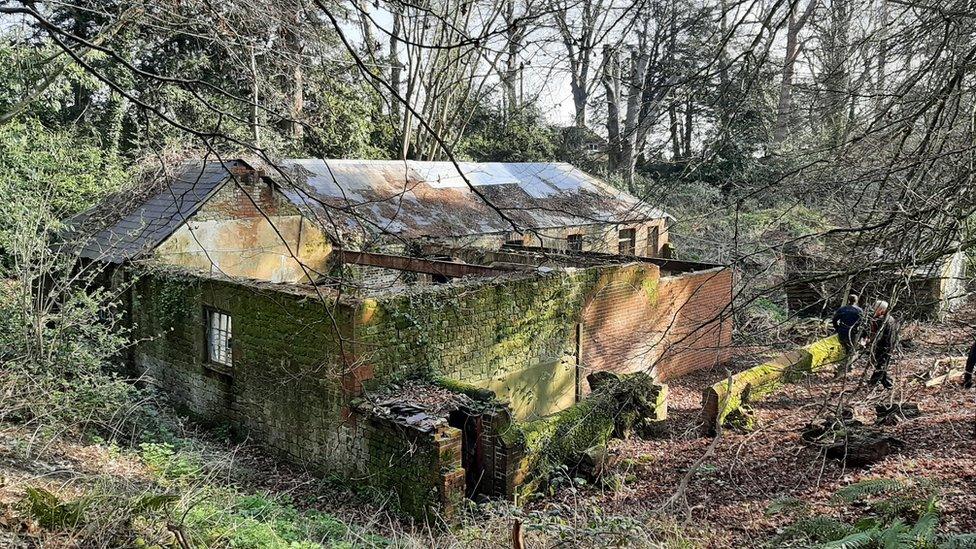
The former Victoria stable block in West Sussex was in danger of falling down, the VWT says
Tom Kitching, bat conservation officer for the VWT, said the site was the home of the first population of the greater horseshoe bat in Sussex, and was the only breeding roost.
The animals spend the winter hibernating in nearby disused railway tunnels and cellars, he said.
They will then return to the breeding roost in the South Downs National Park in April and give birth in June and July.
"Mothers will be flying out every evening to feed. It will be noisy during the day with all the pups squeaking around.
"In summer it's really bustling with activity."

Greater horseshoe bats
There are about 13,000 greater horseshoe bats living in the UK compared to about three million Common Pipistrelle bats.
They are a larger 'free-hanging' species which roost by hanging by their legs from rafters.
They eat a diet of large insects, moths and beetles.
Females give birth to one baby at a time, usually born in late June to early July.
In summer they roost in stone-walled buildings with slate roofs and in winter choose to roost in caves, disused mines and cool cellars.
Source: Vincent Wildlife Trust, external

The former stable block in Sussex was in danger of falling down, before the VWT bought the site, as part of its programme of restoring buildings as habitats for the bats.
"These bats almost exclusively use man-made buildings in the UK to breed in," Mr Kitching said.
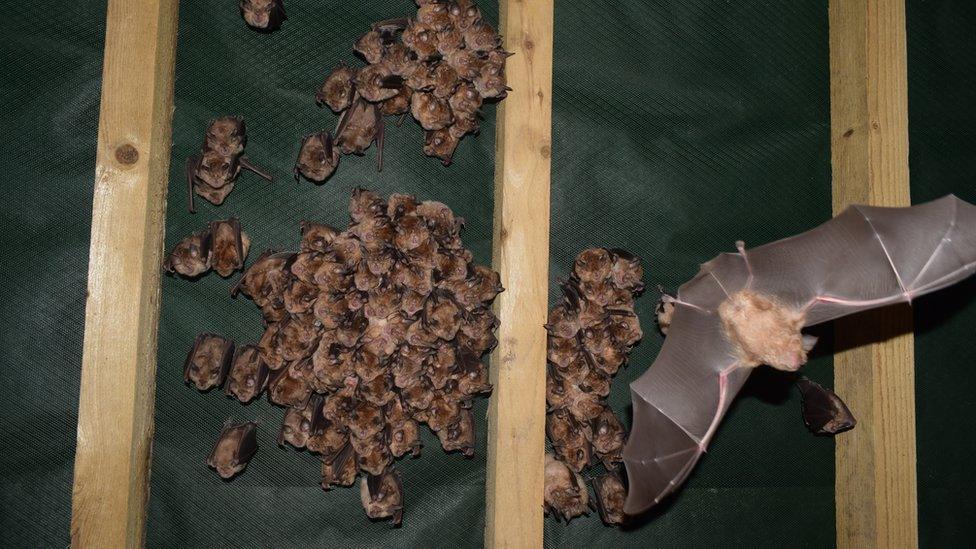
Greater horseshoe bats give birth to one pup a year in late June or early July
Mr Kitching said: "Unless there's someone restoring them and looking after them and protecting them, then they've got nowhere to breed.
"It's because of this work that these populations elsewhere in the UK are increasing."
The range of the bats used to extend as far east as Kent, but the population declined to between 2,000 and 3,000 animals in the mid-20th Century.
There are now about 13,000 of the flying mammals in the UK, the VMT says.

Follow BBC South East on Facebook, external, on Twitter, external, and on Instagram, external. Send your story ideas to southeasttoday@bbc.co.uk, external.
Related topics
- Published12 January 2022
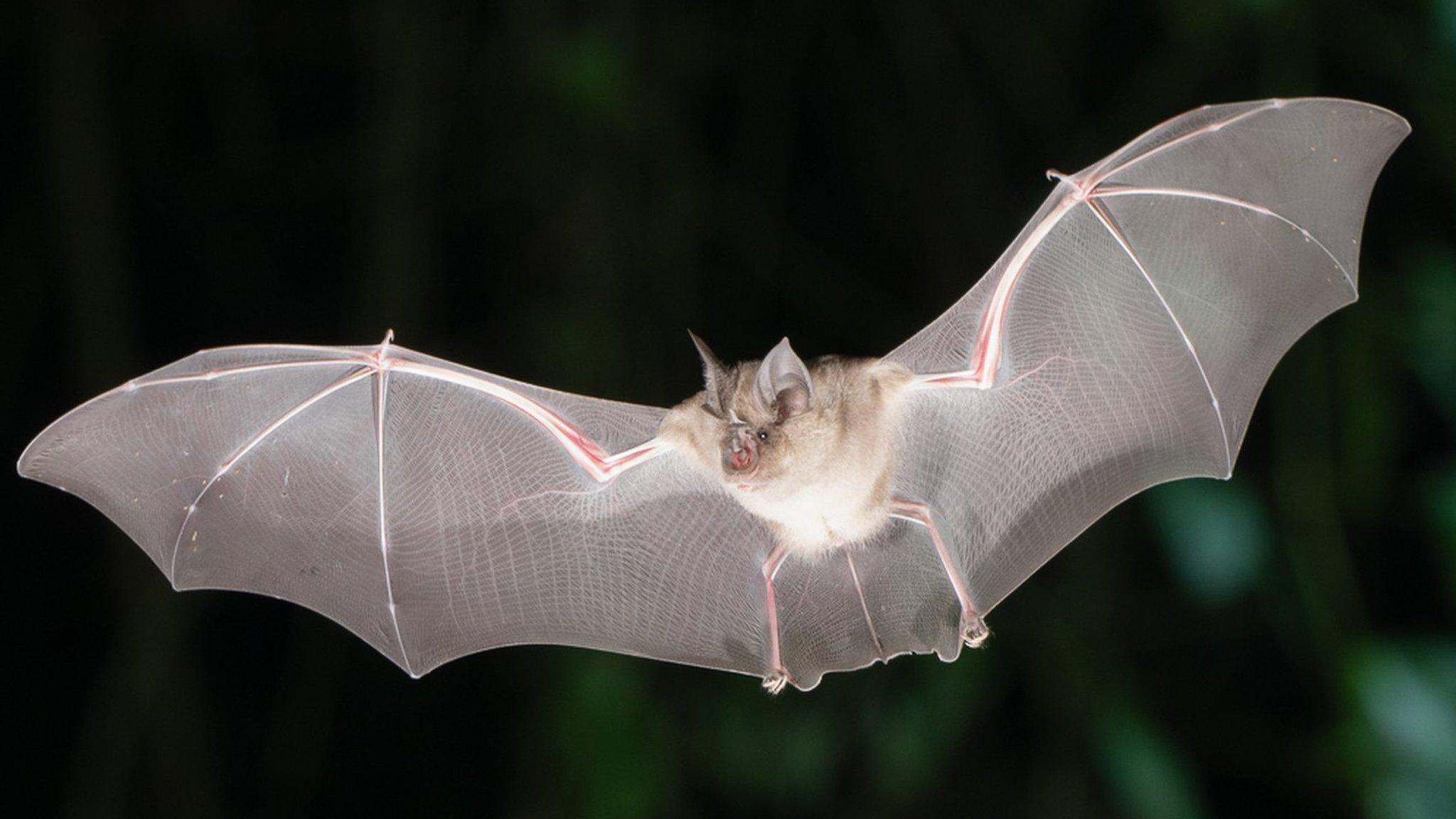
- Published7 October 2015
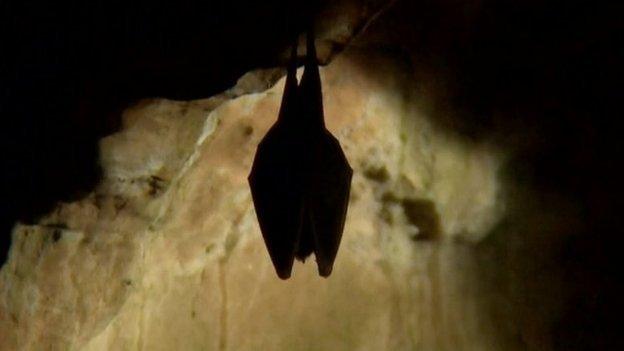
- Published25 January 2018
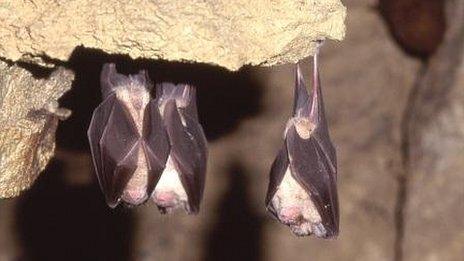
- Published19 August 2021
